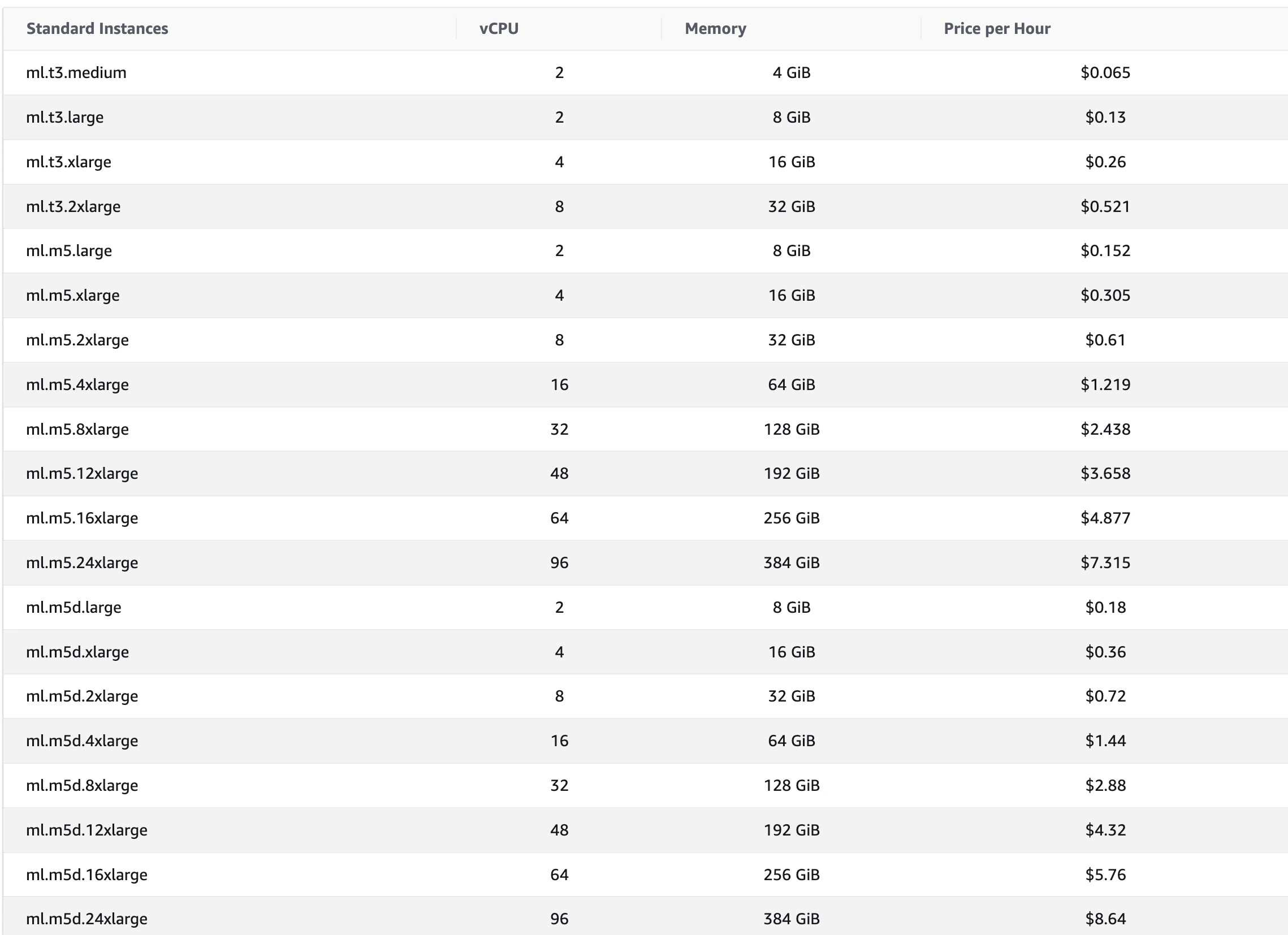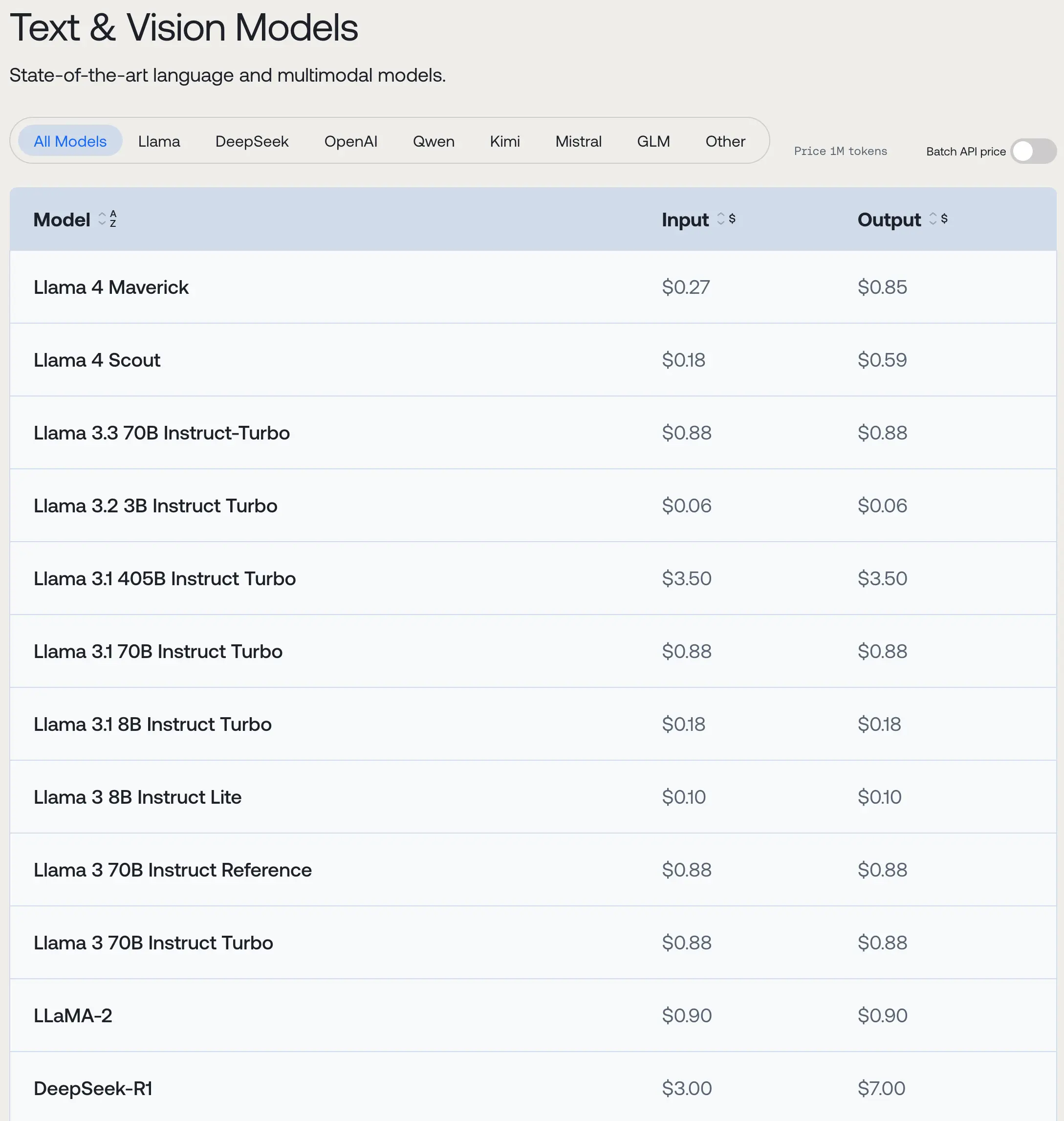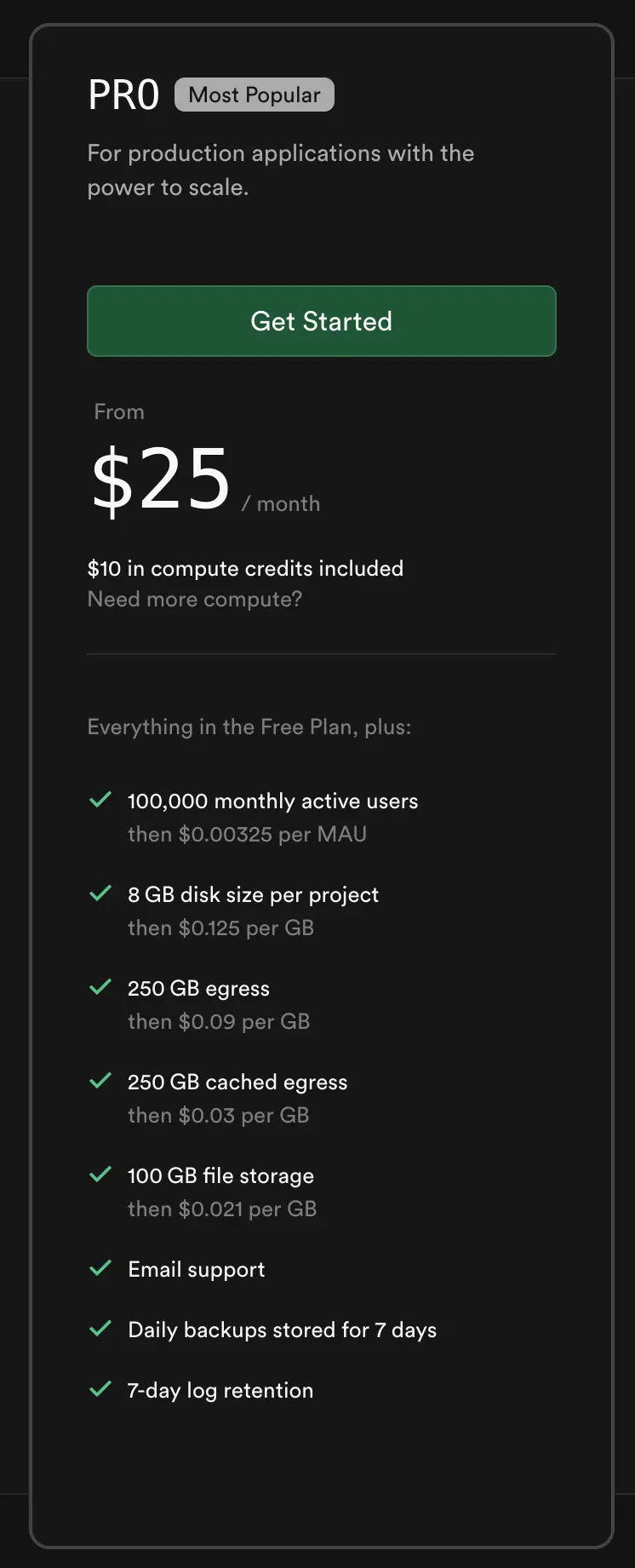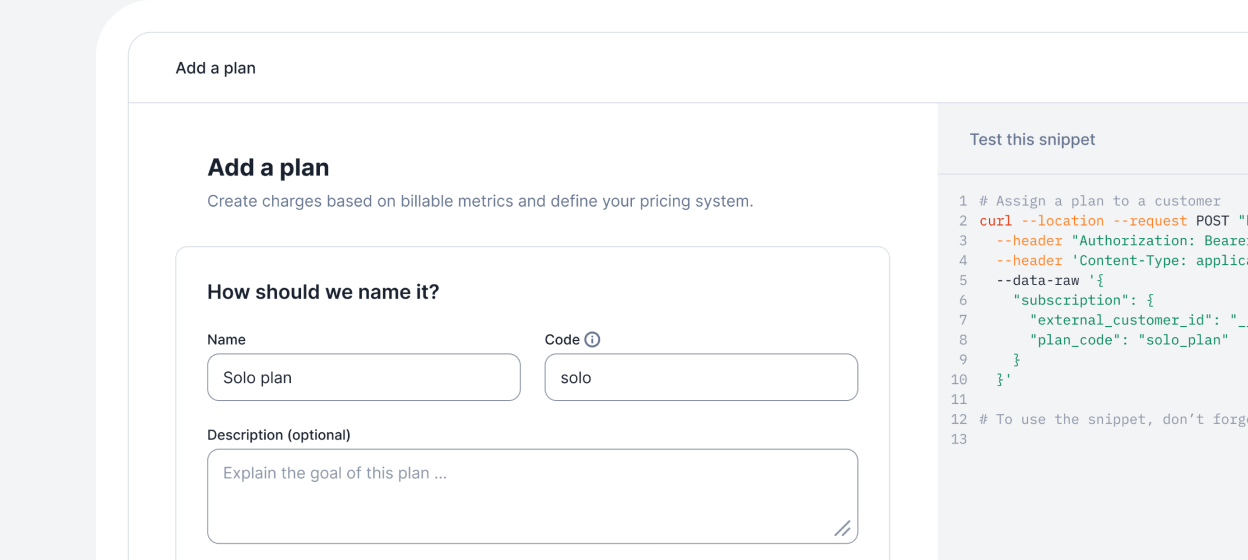What Is Consumption-Based Pricing?
.webp)
Consumption-based pricing is a form of usage-based pricing where a company only charges customers for what they use instead of a fixed, monthly/yearly amount. This is especially common in API-based, DevTools or infrastructure products. Implementing it is typically harder than subscription billing because it requires event capture, computation of charges and a connection to a billing system like Lago.
In this article, we'll explore how consumption-based pricing works, when to use it (and when not to) and share examples of companies successfully charging for consumption.
Why consumption-based pricing is growing
As AI adoption grows, so does the adoption of usage-based pricing. That's because AI is expensive and incurs cost for each bit of usage, which means the unlimited use, seat-based subscription model that dominated the 2010s is harder to make economically viable. The data indicates that 64% of SaaS companies now use usage-based pricing while 78% of those companies have adopted it in the last few years.
Let's move on to some examples to illustrate this point.
Consumption-based pricing examples
Consumption-based pricing tends to work best for B2B infrastructure. That's because end users don't want to spend their time monitoring costs while that's an expected part of a job in a company. The best example for consumption-based pricing is AWS:

Customers are billed for the exact amount of vCPUs, memory and hours they use. There's no subscription that includes usage. The pricing is for usage alone. This kind of pricing also applies to AI companies. Take this example from Together AI:

This is another example of consumption-based pricing, but based on AI models. These are typically billed by the million tokens. Other examples are more hybrid pricing strategies:

Supabase's primary monetization strategy is a subscription that includes a usage allowance after which the model shifts to consumption-based pricing per monthly active user (MAU) or disk space/memory. These hybrid pricing models are becoming more and more popular in AI companies.
Speaking of use cases, let's explore when consumption-based pricing works and when it doesn't.
Benefits and Drawbacks of Consumption-Based Billing
You can answer a few questions to find out if consumption-based pricing will work for you:
- Do your users mind monitoring costs? End users typically don't want to monitor spending dashboards.
- Does your customer get value from each bit of usage? Pricing should be anchored to what customers get value from. As an example: In a database, a customer's business improves with each new user they gain, so active users are a reasonable metric.
- Do your costs scale with usage? Usage-based pricing is often a way to shield yourself from your own costs, which is especially pronounced in AI, where marginal costs are high.
Key Advantages
- Alignment of Cost and Value: Customers pay for what they use, making pricing transparent and fair and simplifying the buying decision, especially for B2B customers.
- Customer Retention: Flexible pricing lets customers scale up or down. This reduces churn risk compared to a subscription's fixed charges.
- Data-Driven Insights: Detailed usage data supports better forecasting, product development, and customer success strategies.
Common Challenges
- Revenue Predictability: Usage fluctuations make monthly revenue less predictable.
- Billing Complexity: Accurate, real-time metering and invoicing require a good usage-based billing system like Lago/
- Regulatory Compliance: Adhering to standards like ASC 606 and IFRS 15 for revenue recognition can be complex without automation.
To mitigate some of the potential downsides, use these tactics:
Risk Mitigation
- Use real-time analytics to forecast usage and revenue.
- Automate compliance with financial regulations.
- Offer customer portals for self-service usage and invoice access.
How to implement consumption-based pricing
Implementing consumption-based pricing at scale requires three core components (all of which Lago covers):
Define a metric
You need to define the metric you want to charge for. This could be AI tokens, API calls, GPU hours or anything else. The important part is that your customers should get value from that metric.
Metering
Next, you need to meter usage. This is the backbone of any usage-based billing system. This means capturing events and aggregating them into usage metrics. The difficulty of this ranges from simple (database rows) to very complex (any form of outcome-based pricing).
Define plans and charges
Define the price for each billable event and plan. This sounds simple, but becomes complex when you start to apply discounts, overages, currencies and other variables.
Issue invoices
Finally, the charge(s) need to be put into a compliant invoice to the customer.
Many teams struggle with building a coherent system that accomplishes all of this without hiccups. That's why many companies use vendors like Lago instead. To turn this into practice, let's dive into implementation:
Consumption billing solutions: Try Lago to automate usage-based billing
Lago Cloud is designed for companies outgrowing basic billing add-ons or custom scripts. It supports real-time metering, hybrid pricing, and global invoicing, all with developer-friendly APIs and enterprise-grade compliance. For teams needing full data control, a self-hosted edition is available.
Is Consumption-Based Pricing Right for You?
Ask these questions:
- Can you break down usage into measurable units?
- Do your customers want flexible, usage-based pricing?
- Is your product’s value tied to actual consumption?
- Do you have the infrastructure to meter, mediate, and bill in real time?
If you answer yes to any, it’s time to consider a usage-based approach[1].
Addressing Common Misconceptions
- “Usage-based pricing is unpredictable.” With the right analytics and forecasting, companies can stabilize revenue and manage customer commitments.
- “It’s too complex for smaller teams.” Modern, API-driven platforms make implementation accessible for businesses of all sizes.
Conclusion: Building for the Future of Billing
Consumption-based pricing is now a core strategy for SaaS, AI, and infrastructure companies seeking to align revenue with customer value. The right billing infrastructure—capable of real-time metering, flexible pricing, and automated compliance—enables faster time-to-cash, higher retention, and scalable growth. Lago Cloud delivers these capabilities with developer-first APIs, robust analytics, and global compliance, making it a strong choice for teams ready to move beyond legacy billing systems.
To learn more about how usage-based billing can unlock new revenue streams and operational efficiency, explore Lago’s documentation or get a demo.
Citations
[1] https://dealhub.io/glossary/consumption-based-pricing/
[2] https://www.techtarget.com/searchcloudcomputing/definition/consumption-based-pricing-model
Focus on building, not billing
Whether you choose premium or host the open-source version, you'll never worry about billing again.
Lago Premium
The optimal solution for teams with control and flexibility.

Lago Open Source
The optimal solution for small projects.

